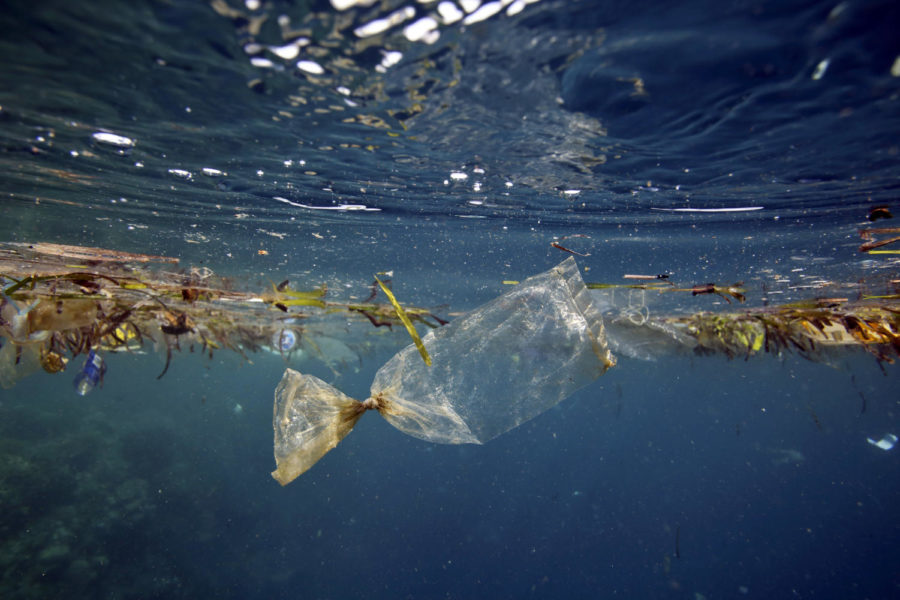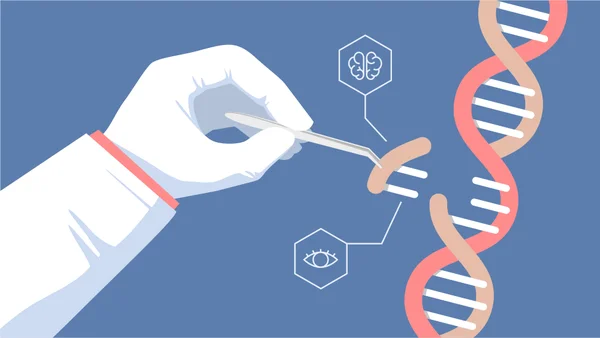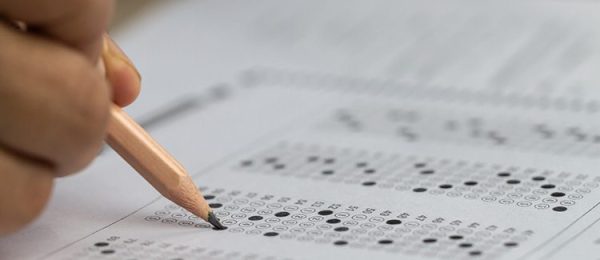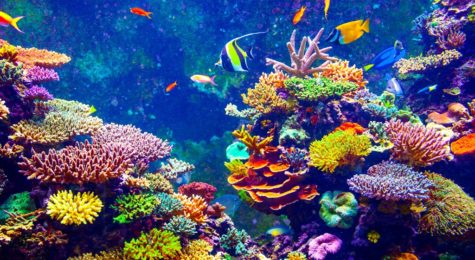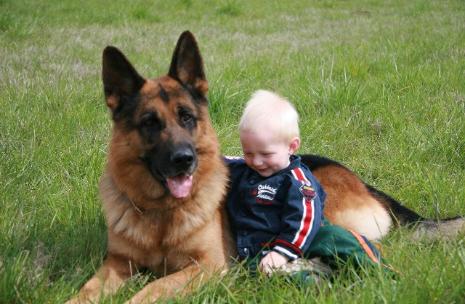Are The World’s Oceans Getting Any Cleaner?
Getty Images/Lonely Planet Image
Plastic bag floating underwater at Pulau Bunaken
Oceans may be getting cleaner, but according to The Ocean Cleanup, over 5 trillion pieces of plastic are currently littering oceans in 5 areas across the globe, one infamous area being known as the Great Pacific Garbage Patch.
Although many people know that the oceans have been in critical condition, this doesn’t change that they are still heavily polluted. Knowledge of the issue makes it seem insignificant compared to other problems, such as the nation’s state with our current president. However, water is widely known to be essential in the diet of all living organisms, making the situation an international issue.
Numerous U.S. citizens are well aware of the ocean’s pollution, but that might not be the case everywhere. Five countries contribute to about 60 percent of the garbage that fills up the world’s oceans as of 2016. According to Public Radio International, these five nations are: Indonesia, the Philippines, Thailand, China, and Vietnam. The previously mentioned countries seem to be far from the U.S., possibly meaning that Americans have nothing to do with this pollution. However, according to the World Bank Group, the United States is the #1 trading partner of many of these countries (including China), which frankly may not come as a surprise.
Unfortunately, the number of dead zones, or areas scarce of oxygen, have quadrupled since 1950 according to The Guardian. The largest number of coastal dead zones exist on the U.S.’s east coast, and around Europe and Japan. The largest ocean dead zones are located in the Pacific and Indian Oceans.
Moreover, the plastic waste choking up oceans is still being eaten by and killing marine animals, bringing a number of species on the verge of extinction. According to the Sea Turtle Conservancy, over 100 million aquatic animals are killed every year due to plastic refuse. One such animal species is the sea turtle.
 All six species of sea turtles in the U.S. are endangered, according to the Smithsonian Institution. Hundreds of thousands of sea turtles die from either eating plastic or being entangled in fishing equipment.
All six species of sea turtles in the U.S. are endangered, according to the Smithsonian Institution. Hundreds of thousands of sea turtles die from either eating plastic or being entangled in fishing equipment.
Another endangered species is the Vaquita, the smallest porpoise in the world.
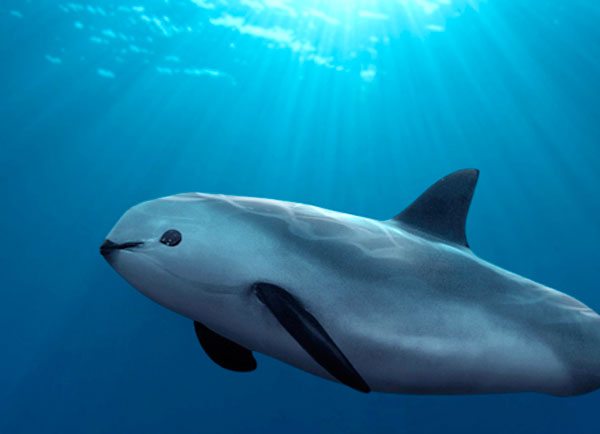
The vaquita is a marine mammal that grows up to 5 feet in length, and is the most endangered marine animal. Vaquitas are only found around California and Mexico, with only 30 left as of 2017, according to the World Wildlife Fund.
Despite concern regarding the oceans and their inhabitants, reducing the amount of plastic litter in oceans seems impossible due to the large sizes of garbage patches. Fortunately, organizations such as the Ocean Cleanup aim to clear at least half of the Great Pacific Garbage Patch in about 10 years. With a U-shaped sea anchor, the organization will use the ocean’s currents to collect plastic, which will then be shipped to and taken care of on land.
Many already know that we should recycle items and save water, but there are other small efforts one can make towards keeping our oceans safe. These include: reducing use of fertilizers, reusing more items, avoiding souvenirs made with marine animals, and reducing the amount of trash we throw.
If we all make our own small contributions, hopefully this will help progress towards cleaner oceans.


